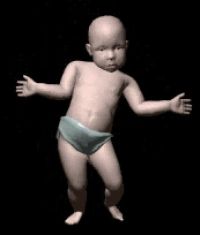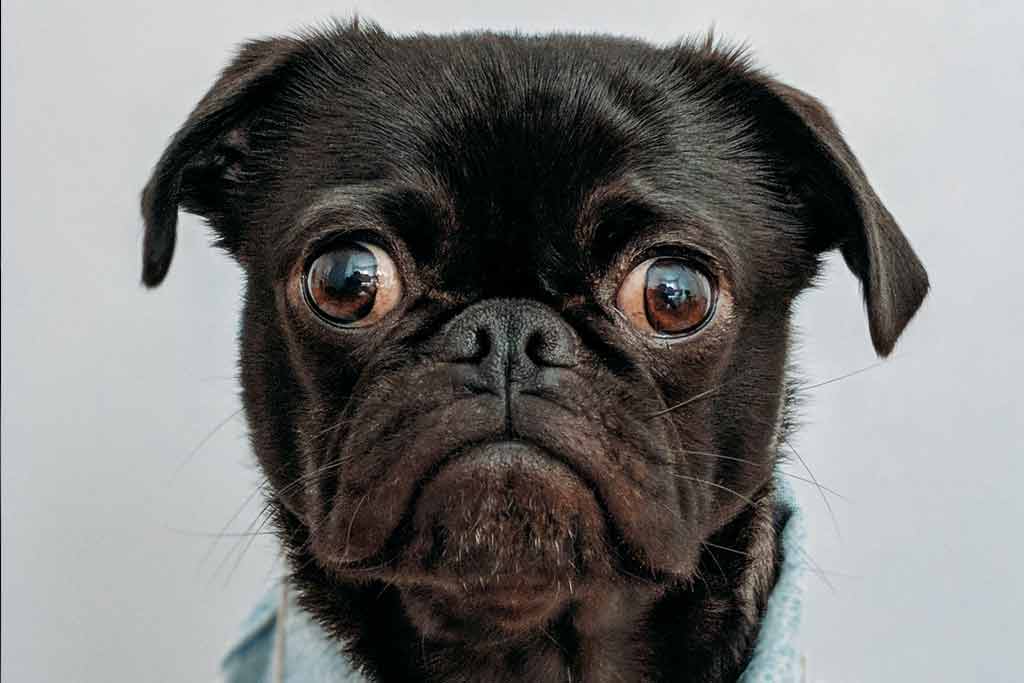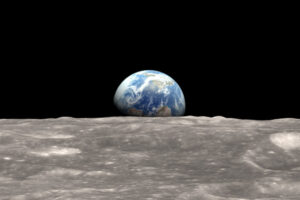To meme, or not to meme, that is the question. The internet has changed the way we communicate, interact and even think. And no other aspect of the internet has had as much of an impact on our culture as the internet meme. These viral images, videos, and phrases have become a ubiquitous part of the internet experience, but their history is a relatively recent one.
In this blog post, we’ll take a deep dive into the history of internet memes, examining their origins, evolution, and impact on human culture.
Origins of Memes
The word “meme” was first coined by the British evolutionary biologist Richard Dawkins in his 1976 book “The Selfish Gene”. Dawkins defined a meme as “an idea, behavior, or style that spreads from person to person within a culture.” He used the concept of memes to explain how cultural information, like genes, can evolve and spread through a population.
Dawkins derived the word “meme” from the Greek word “mimeme,” which means “that which is imitated.” He chose the word because it sounded similar to the word “gene” and because he wanted to emphasize the idea of cultural evolution through imitation of a unit of cultural information.
Since Dawkins introduced the concept of the meme, the word has taken on a life of its own and has been used to describe a wide range of cultural phenomena beyond the original concept of cultural evolution. While Dawkins’ original definition was broad, it wasn’t until the advent of the internet that the term “meme” came to refer specifically to viral images, videos, and phrases. The first internet meme, as we understand it today, is widely believed to be the “Dancing Baby,” a 3D animation of a baby doing a cha-cha that was popularized in the late 1990s.
The Dancing Baby was created by Michael Girard and was originally included in a demo animation for a 3D software program called Character Studio. The animation was later uploaded to the internet and quickly became a viral sensation, spreading through email chains and online forums.
The Rise of Image Macros
The Dancing Baby  may have been the first meme, but it was the rise of image macros that really set the stage for the explosion of memes that followed. An image macro is a picture with a humorous caption overlaid in bold white letters, typically in the Impact font.
may have been the first meme, but it was the rise of image macros that really set the stage for the explosion of memes that followed. An image macro is a picture with a humorous caption overlaid in bold white letters, typically in the Impact font.
One of the earliest examples of an image macro is the “I Can Has Cheezburger?” cat, a picture of a chubby gray cat with a misspelled caption that reads “I can has cheezburger?” The image was first posted on the humor website 4chan in 2007 and quickly spread across the internet.
The “I Can Has Cheezburger?” cat spawned a whole genre of funny memes featuring cats, known as “lolcats.” These memes typically feature a picture of a cat with a humorous caption that uses poor grammar and spelling for comedic effect.
The Evolution of Memes
In the years that followed the rise of image macros, memes continued to evolve and take on new forms. One of the most significant developments was the rise of video memes, which were made possible by the increasing availability of video-sharing platforms like YouTube.
One of the earliest and most influential video memes was the “Numa Numa Dance,” a video of a man dancing to a Romanian pop song called “Dragostea Din Tei.” The video was uploaded to the internet in 2004 and quickly became a viral sensation, inspiring countless parodies and remixes.
 Another early video meme was the “Rickroll,” a prank in which someone would send a link to a video that purported to be something else but actually redirected the viewer to the music video for Rick Astley’s 1987 hit “Never Gonna Give You Up.” The Rickroll became so popular that it was eventually recognized by the mainstream media, and even Rick Astley himself acknowledged its cultural impact.
Another early video meme was the “Rickroll,” a prank in which someone would send a link to a video that purported to be something else but actually redirected the viewer to the music video for Rick Astley’s 1987 hit “Never Gonna Give You Up.” The Rickroll became so popular that it was eventually recognized by the mainstream media, and even Rick Astley himself acknowledged its cultural impact.
In recent years, memes have continued to evolve and take on new forms. One of the most significant developments has been the rise of “reaction memes,” which are images or videos that express a particular emotion or reaction and are used to respond to other content on social media. They are a great way to impact a target audience quickly through social networking. Memes have known to be a great marketing tool for internet users. Using a popular image for viral marketing has shaped electronic communication and marketing campaigns in a new digital world. A simply funny image has often proved to be the best way to reach a lot of people with minimal resources.
One of the best memes of recent years is the “Distracted Boyfriend,” a stock photo of a man turning to look at another woman while his girlfriend looks on in disapproval. The photo was first uploaded to the stock photo website iStock in 2015 but didn’t become a meme until 2017 when it was used to express jealousy or distraction in various contexts.
Top 10 most popular memes of all time
Determining the top 10 most famous examples of memes of all time is a difficult task, as memes can rise to popularity and fall out of favor quickly, and different memes appeal to different audiences. However, based on their longevity, impact, and widespread recognition, here are 10 of the most successful memes of all time:
- “Rickroll” – This meme involves tricking someone into clicking on a link that leads them to the music video for Rick Astley’s “Never Gonna Give You Up.” It became popular in the mid-2000s and is still used today.
- “Doge” – This meme features a Shiba Inu dog with broken English captions, usually featuring the word “wow.” It became popular in 2013 and has since spawned countless variations and spinoffs.
- “Grumpy Cat” – This meme features a photo of a cat with a permanently grumpy expression and captions expressing frustration or dissatisfaction. It became popular in 2012 and the cat, named Tardar Sauce, even appeared in a movie and on merchandise.
- “Pepe the Frog” – This meme features a cartoon frog with various expressions and captions, originally created by artist Matt Furie. It became popular in the early 2010s but has since been co-opted by far-right and white supremacist groups, leading to controversy.
- “Chocolate Rain” – This meme involves a video of musician Tay Zonday singing his song “Chocolate Rain,” which became a viral hit in 2007 due to its catchy tune and unique voice.
- “Nyan Cat” – This meme involves a cartoon cat with a Pop-Tart body flying through space with a rainbow trail behind it. It became popular in 2011 and has since spawned numerous remixes and variations.
- “Hide the Pain Harold” – This meme features a photo of a smiling man with eyes that betray a hidden pain, often used to express a forced smile or hidden frustration. The man’s real name is András Arató, and he has since embraced his meme fame.
- “Bad Luck Brian” – This meme features a photo of a high school student with braces and a vest, usually with captions describing humorous or unfortunate situations. It became popular in 2012.
- “Arthur Fist” – This meme involves a screenshot from the children’s show “Arthur,” featuring the character Arthur clenching his fist in anger. It has been used to express frustration or anger in various contexts and became popular in the mid-2010s.
- “Woman Yelling at a Cat” – This meme involves a picture of a woman yelling at a cat sitting at a table with food in front of it. The photo was originally taken in 2011, but it didn’t become a meme until 2019 when it was paired with various captions to express frustration or exasperation.
Of course, there are countless other famous memes that could be included on this list, and new memes are being created every day. The popularity and impact of memes will continue to evolve as the internet and popular culture continue to change.
How can I make my own meme?
Making a good meme is a fairly simple process that can be done using a variety of online tools and apps. Here are the basic steps to create a meme:
Choose a meme template: A meme template is the base image or video that you will add text or other elements to. There are many websites and apps that offer a wide selection of popular meme templates to choose from.
Add text: Once you have selected a template, you can add your own text or captions to the image or video. The text is typically added in a bold, white font in a specific location on the image or video that is unique to the meme format.
Customize the image: Depending on the meme template and your desired outcome, you may want to add other elements to the image or video, such as images or symbols that relate to the meme’s theme.
Save and share: Once you are satisfied with your meme, save it to your device and share it on social media, messaging apps, or any other platform where you want to share it.
There are many online tools and apps that can help you create memes, including:
- Canva: A popular design platform that offers many meme templates and editing tools.
- Imgflip: A website that offers a wide selection of meme templates and allows you to customize your meme with text and images.
- Meme Generator: An app that offers many meme templates and allows you to customize them with text and images.
- Adobe Spark: A design platform that offers many meme templates and editing tools.
Creating memes can be a fun and creative way to express yourself and participate in online culture. With the right tools and a little creativity, anyone can make a meme.
Impact of Memes
 Memes have become an incredibly influential force in popular culture, and their impact can be seen in a wide range of contexts. One of the most significant impacts of memes has been their ability to shape political discourse and influence elections, starting as a viral concept.
Memes have become an incredibly influential force in popular culture, and their impact can be seen in a wide range of contexts. One of the most significant impacts of memes has been their ability to shape political discourse and influence elections, starting as a viral concept.
During the 2016 U.S. presidential election, memes played a significant role in shaping public opinion and influencing the outcome of the election. Supporters of Donald Trump used memes to spread their message and attack their opponents, while opponents of Trump used memes to criticize him and mobilize their base.
In recent years, memes have also become an important tool for social movements, with activists using them to raise awareness and promote their cause on social media sites. For example, the Black Lives Matter movement has used memes to draw attention to police brutality and racism, while the #MeToo movement has used memes to raise awareness about sexual harassment and assault.
Memes have also had a significant impact on the entertainment industry, with many memes crossing over into mainstream media. For example, the “Doge” meme, which features a Shiba Inu dog with a grammatically incorrect caption, inspired a cryptocurrency of the same name and even appeared in a Super Bowl commercial for the website Squarespace.
Final thoughts
Internet memes have come a long way since the Dancing Baby first graced our screens in the late 1990s. Today, this cultural phenomenon is an integral part of our online experience, shaping our conversations about current events, cultural ideas, influencing our politics, and reflecting our culture back to us in often hilarious and insightful ways.
While the evolution of memes is far from over, it’s clear that they will continue to play a significant role in our culture and society for years to come. Whether they’re used to raise awareness about social issues, make us laugh, or shape political discourse, memes are here to stay, and we can’t wait to see what they come up with next.
Photo by charlesdeluvio on Unsplash


